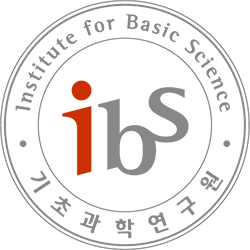
Novel approaches and technologies for the study of sleep and circadian rhythms in health and disease – Derk-Jan Dijk
ZOOM ID: 997 8258 4700 (Biomedical Mathematics Online Colloquium) (pw: 1234)Abstract: The study of sleep and circadian rhythms at scale requires novel technologies and approaches that are valid, cost effective and do not pose much of a burden to the participant. Here we will present our recent studies in which we have evaluated several classes of technologies and approaches including wearables, nearables, blood based biomarkers …





